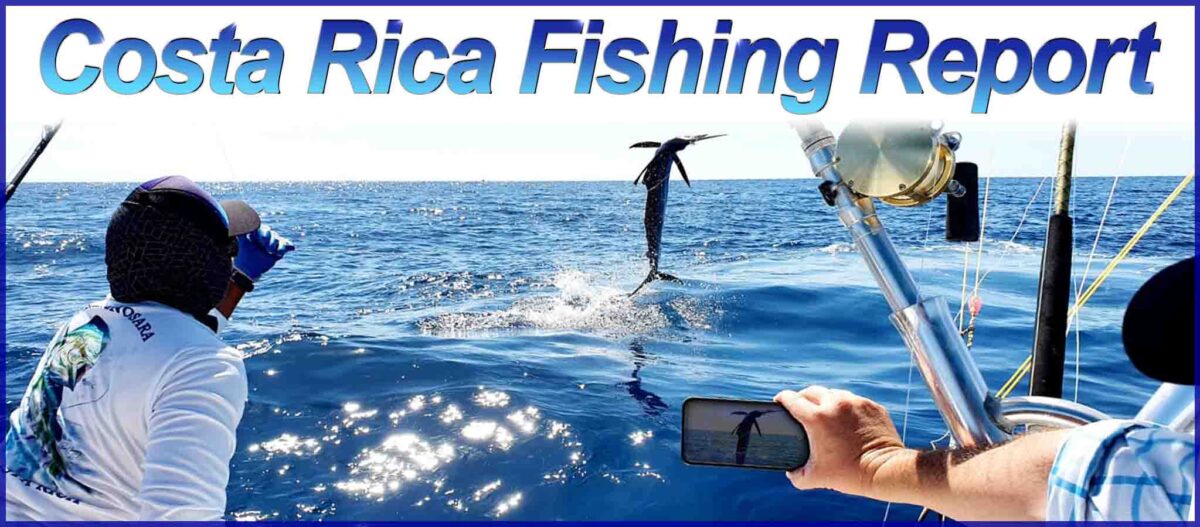Costa Rica projects an image of rainforest canopy tours, crystal clear blue water, and the free-spirited Pura Vida mentality. While these things are all as good as advertised, many first time travelers to Costa Rica may be surprised to learn that they suffer from a unique set of modern problems. This guide will help soften the blow of the culture shock and prepare travelers for a great trip to Costa Rica.
First the pleasant surprises. English is spoken throughout the country and American dollars are an acceptable form of currency. For casual purchases, keep some Colones in your wallet; the exchange rate is roughly 600 Colones/ $1 USD. Also, the entire country is wired in 110V so American appliances will work without cumbersome adapters.
The most common entry point to this country is the San Jose Airport (SJO) which has surprisingly modern customs and immigration terminal. It is here that some of the shine of the country may wear off if you are not prepared.
For starters, there are signs posted reminding tourists that it is illegal to engage in sexual intercourse with minors. There are reminders that possession of Cocaine, Marijuana, and Opiates is also quite illegal. Those who think that Costa Rica is a third-world lawless zone should go elsewhere, because the Policia in Costa Rica do not have a sense of humor regarding these serious crimes.
The taxi stable at the airport is the one place in the entire country where travelers should be on the lookout for pickpockets and shady unlicensed cab drivers. These ne’er-do-wells may promise an exclusive tour of the surrounding countryside that you can’t get anywhere else; these can lead to horror stories of tourists being robbed and stranded in an unfamiliar land. The best counter to this problem is to arrange transportation ahead of time with a reputable transport company.
Over the last few years the roads in Costa Rica have been improved tremendously, however there are still places where the pavement gives way to dirt, rocks, and mud. Also there are virtually no roads in the country wider than two lanes. Therefore as you leave San Jose factor in additional travel time for highway problems. Vehicle breakdowns, accidents, and mudslides can delay traffic for hours, so be prepared to stop for a while.
Once out in the countryside, the Pura Vida mentality will take hold of you. Rural Costa Ricans are friendly, honest, and generally concerned with the safety of their foreign guests. Violent crime is virtually non-existent outside of San Jose and the fishing, ecotourism, and volcanoes truly do live up to their world-class reputation.
A final note: Customs charges a $36 deportation tax when you leave the country regardless of your destination. This fee is due on site in cash or else you cannot leave the country. This is non-negotiable and can be a burden for backpackers and other travelers on a budget who are down to a few pennies when it’s time to leave. Make sure you set aside this money before you spend yourself out.
